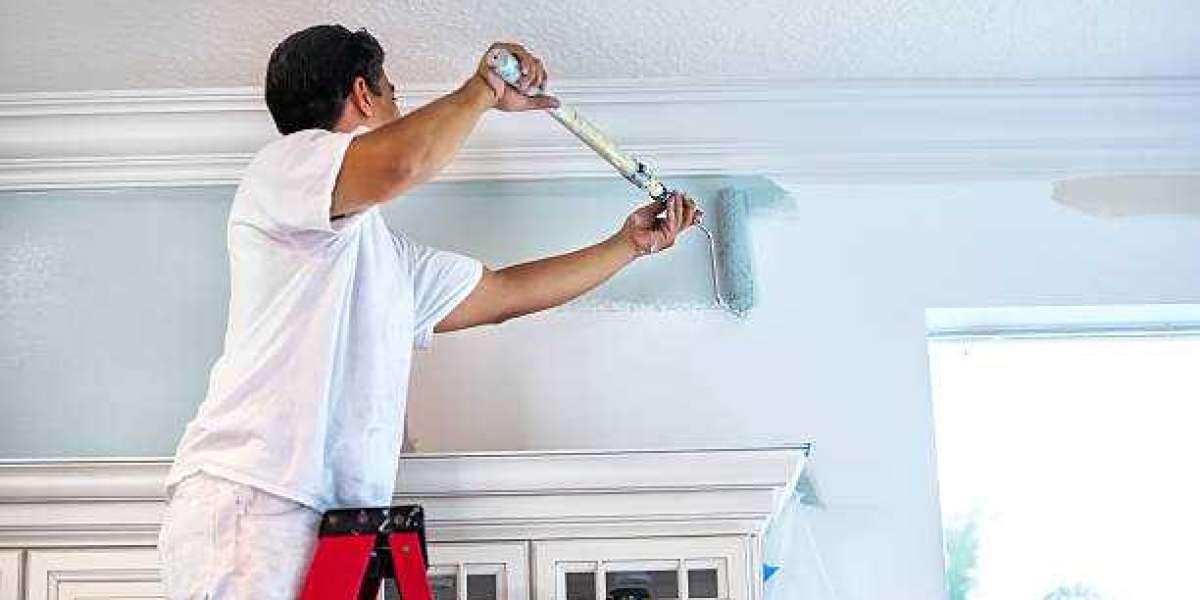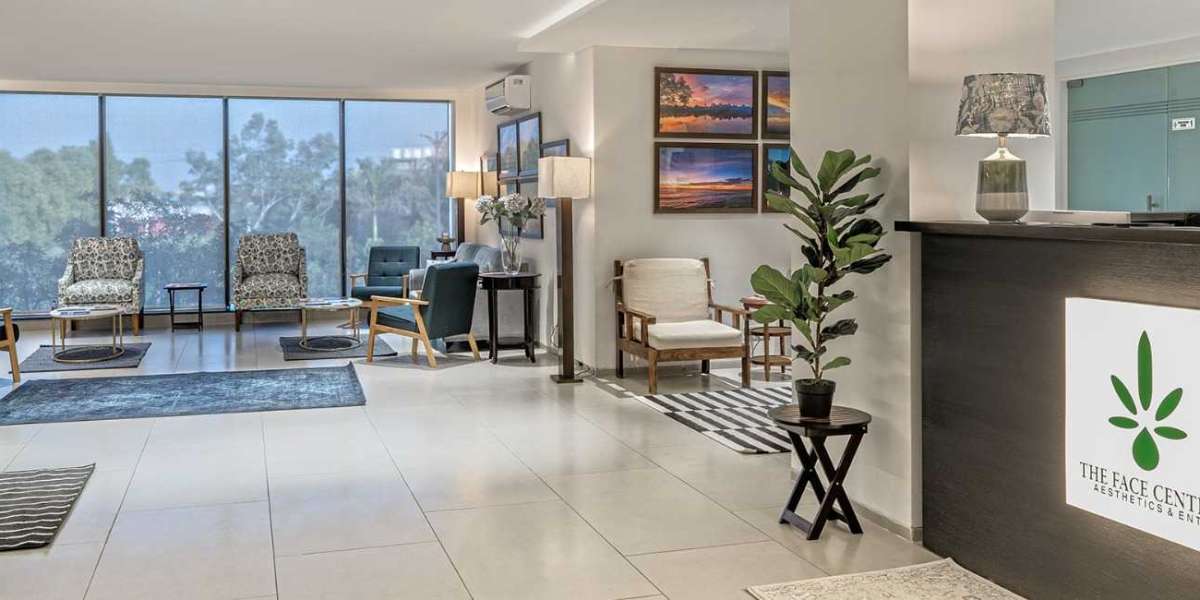Painting the interior of your home can dramatically enhance its aesthetics and overall ambiance. However, one of the most common frustrations for homeowners is the need to repaint more frequently than expected. A beautiful paint job can lose its luster due to wear and tear, environmental factors, and poor application techniques. To avoid this, understanding how to make your interior paint last longer is essential. Here, we’ll explore various strategies and best practices that will help you extend the life of your interior paint while maintaining a fresh and vibrant look.
Understanding the Importance of Quality Paint
Before diving into the methods for prolonging your paint's life, it’s crucial to recognize the significance of using high-quality paint. Investing in Interior Painting Services that utilize premium paints can make a substantial difference in durability and finish. High-quality paints are formulated with better pigments, binders, and additives that enhance their performance. They offer better coverage, resist fading, and withstand wear and tear more effectively than lower-quality options.
1. Choose the Right Type of Paint
Selecting the appropriate type of paint for each room is a fundamental step in ensuring longevity. Different types of paint serve different purposes, and understanding these can guide your choices:
Eggshell and Satin Finishes: These finishes are popular for living areas and bedrooms due to their balance of durability and aesthetic appeal. They are easy to clean and resist scuffs, making them ideal for high-traffic areas.
Semi-Gloss and Gloss Finishes: Best suited for kitchens, bathrooms, and trim, these finishes offer superior durability and washability. They reflect light beautifully and can stand up to moisture and stains.
Flat Finishes: While they provide a rich, matte look, flat finishes can be less durable and harder to clean. They are best for ceilings or areas that won’t see heavy use.
2. Prepare the Surface Properly
Surface preparation is critical for achieving a long-lasting paint job. Proper preparation ensures that the paint adheres well and performs effectively. Follow these steps for optimal results:
Clean the Surface: Remove dust, dirt, and grease using a suitable cleaning solution. For kitchen areas, a degreaser may be necessary.
Repair Imperfections: Fill in holes, cracks, and imperfections with spackle or joint compound. Sand the area smooth once it’s dry to ensure a flat surface for painting.
Prime When Necessary: Priming is essential, especially when painting over dark colors, new drywall, or surfaces prone to staining. A primer creates a uniform base for the paint, enhancing adhesion and color accuracy.
3. Use Proper Painting Techniques
The application method can significantly impact the longevity of your interior paint. Here are some best practices to follow:
Invest in Quality Tools: Using high-quality brushes, rollers, and sprayers can make a significant difference in the finish and coverage of the paint. Avoid using cheap tools that can leave streaks and imperfections.
Apply Multiple Coats: For optimal coverage and durability, apply two coats of paint. This not only enhances the color depth but also provides an additional layer of protection against wear.
Follow the Right Technique: Use consistent brush strokes and avoid over-brushing, which can lead to uneven finishes. For rolling, use a “W” pattern to distribute paint evenly.
4. Maintain Ideal Indoor Conditions
Environmental factors play a crucial role in the performance of your paint. To maximize its lifespan, consider the following:
Control Temperature and Humidity: Extreme temperatures and humidity can affect drying and curing times. Ideally, paint in temperatures between 50°F and 85°F with moderate humidity levels. Use dehumidifiers or air conditioning to maintain optimal conditions.
Allow Proper Drying Time: Be patient and allow adequate drying time between coats. Rushing this process can lead to peeling and cracking.
5. Protect Your Painted Surfaces
Once the paint job is complete, taking steps to protect the painted surfaces can significantly enhance their longevity:
Use Protective Finishes: Applying a clear coat or protective finish over high-traffic areas or surfaces prone to scuffing can add an extra layer of durability.
Be Mindful of Furniture Placement: Avoid placing heavy furniture against walls immediately after painting, as this can lead to dents and damage. Allow the paint to cure fully before arranging your space.
6. Clean and Maintain Regularly
Regular maintenance is vital for preserving the beauty of your painted surfaces. Consider these cleaning tips:
Dust Regularly: Use a soft cloth or duster to remove dust and dirt from painted surfaces. This prevents buildup that can dull the paint over time.
Spot Clean as Needed: For stains or marks, spot clean using a mild soap solution and a soft sponge. Avoid harsh chemicals that can damage the finish.
Avoid Abrasive Cleaners: Harsh scrubbing pads or abrasive cleaners can scratch and dull the paint. Use gentle cleaning solutions specifically designed for painted surfaces.
7. Address Issues Promptly
If you notice any signs of wear, such as peeling, chipping, or discoloration, address them immediately to prevent further damage. This proactive approach can save you from more extensive repairs later on.
Touch Up as Needed: Keep a small amount of leftover paint for touch-ups. Regularly inspect your walls for areas that may need attention and fix them promptly.
Monitor for Moisture Issues: If you notice bubbling or peeling paint, investigate potential moisture issues. Addressing leaks or high humidity promptly can prevent further damage to the paint and walls.
8. Consider Professional Help
While many homeowners enjoy DIY projects, enlisting Interior Painting Services can guarantee a flawless finish and long-lasting results. Professionals have the expertise, tools, and experience to ensure that every aspect of the job is done correctly. They can also provide valuable advice on color selection and paint types based on your specific needs.
Conclusion
Making your interior paint last longer is not only about the initial application but also about the care and maintenance that follows. By choosing high-quality materials, properly preparing surfaces, using effective painting techniques, and maintaining your painted areas, you can enjoy a beautiful and durable finish for years to come. Whether you’re a DIY enthusiast or considering Interior Painting Services, these tips will help you protect your investment and enhance the beauty of your home. Taking the time to follow these guidelines will ensure your interior paint remains vibrant and fresh, contributing to a comfortable and inviting living space.














